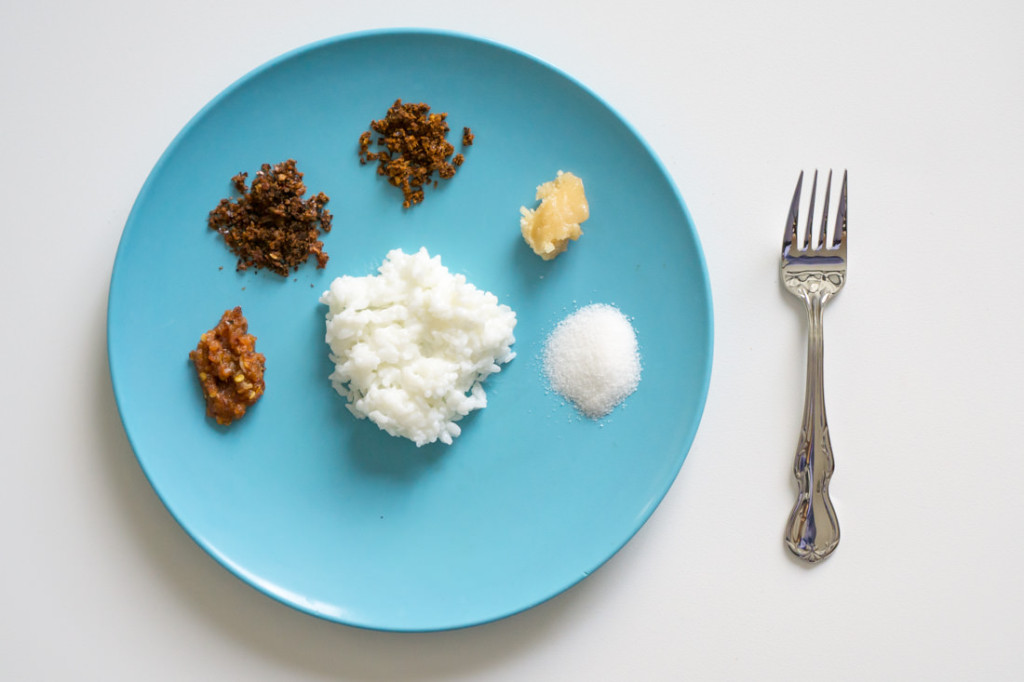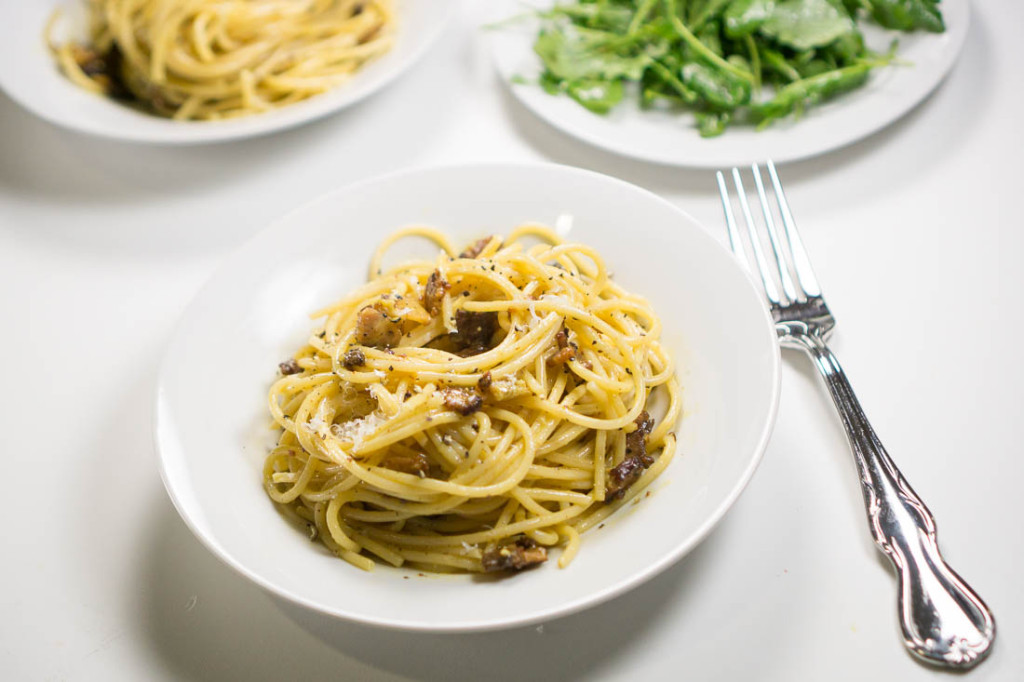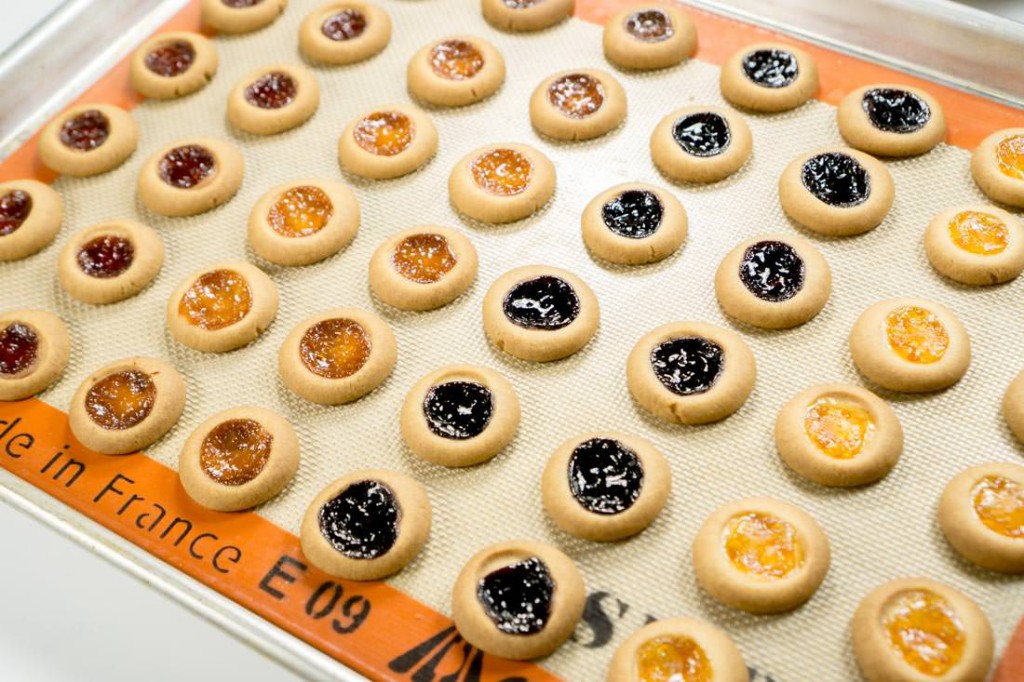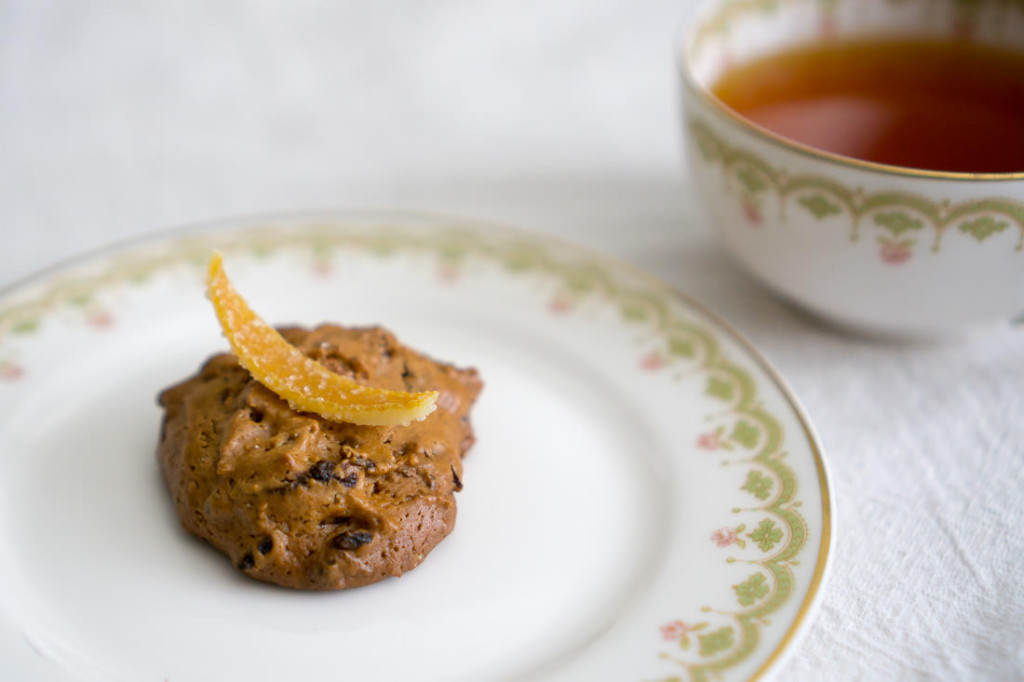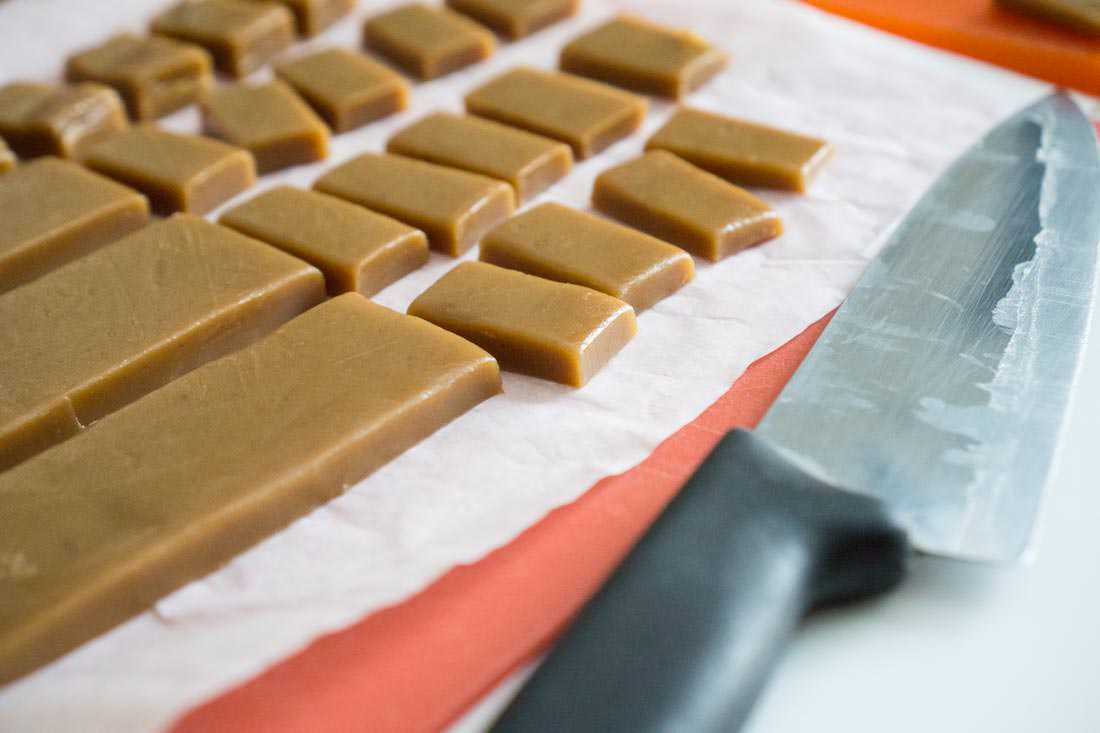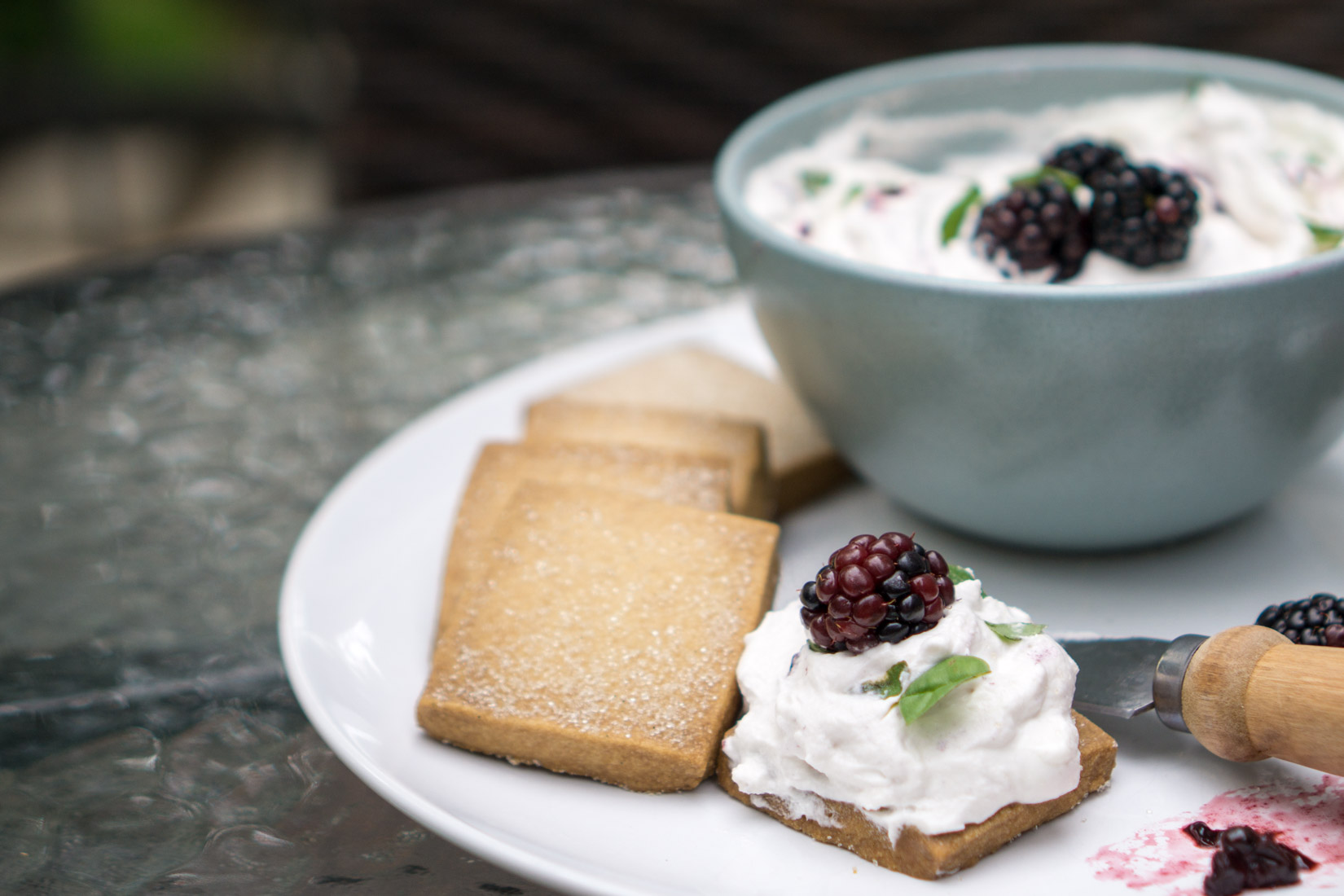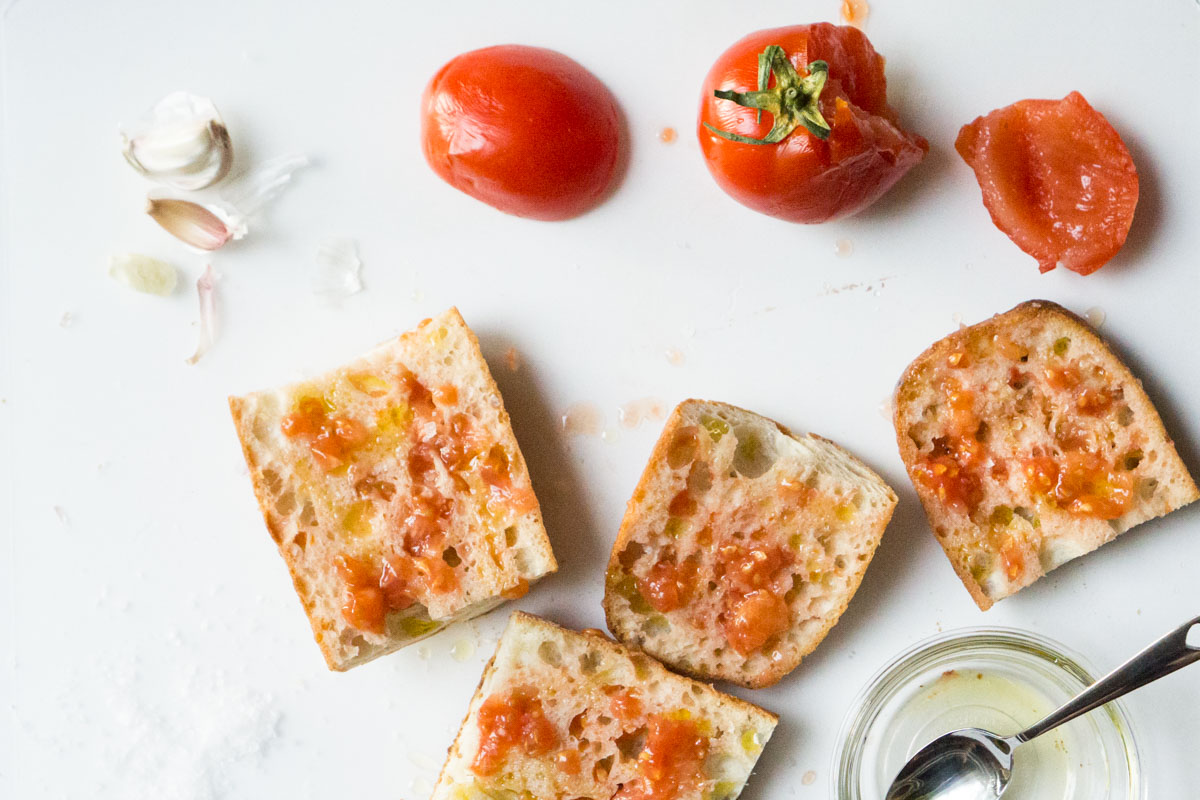
Years ago, on a whim, I booked a trip with my friend to Spain. I slowly psyched myself up for paella, hams that cost as much as gold, and churros con chocolate. The trip would take place in the waning days of August, a time when many locals close up shop and escape for their own vacations to the Greek isles and other beach paradises, but I assuaged my type-A worries by dusting off my high school Spanish and obsessively phoning restaurants. A few weeks later, I boarded my plane, very short list of restaurants in hand, guidebook and map tucked snugly in my carry-on. I crossed my fingers for deliciousness in Madrid and Barcelona.
I’ll admit I didn’t take to Spanish food immediately. I couldn’t get used to bacalao, cod that had been dried/salted, and then reconstituted – I wasn’t used to the chewy texture nor the strongly salty, fishy flavor. I quickly maxed out on paella in Valencia, where, at every meal, my friend ambitiously ordered two family-sized paellas for two women of average appetite. (The flavor of salty, squid-inky, slightly-undercooked paella rice haunts me to this day.) And I just didn’t get the Spanish bread that was served to us at tapas bars – if grilled, it was delightfully crunchy, but otherwise it just served as a bland, nondescript vehicle for savory toppings, often in the side dish pan con tomate or pa amb tomàquet (“bread with tomatoes”).
Continue Reading
